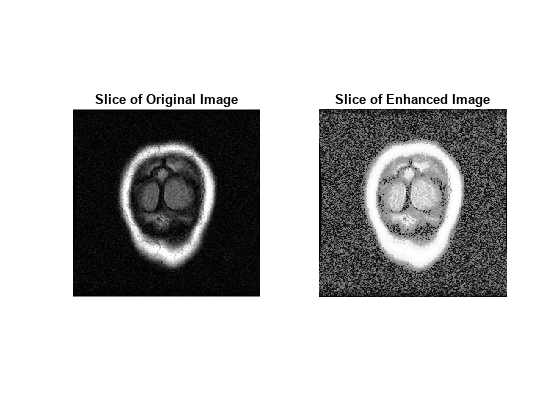histeq
使用直方图均衡增强对比度
语法
说明
示例
输入参数
输出参量
算法
当您提供目标直方图 hgram 时,histeq 选择灰度变换 T 以最小化
c0 是输入图像 I 的累积直方图,c1 是 hgram 中所有强度 k 上的累积总和。这种最小化受以下条件的限制:
T必须单调c1(T(a)) 对 c0(a) 的过冲不能超过 a 处直方图计数之间差距的一半。
histeq 使用变换 b = T(a) 将 X(或颜色图)中的灰度级映射到其新值。
如果您不指定 hgram,则 histeq 创建平坦的 hgram,
hgram = ones(1,n)*prod(size(A))/n;
然后应用前面的算法。




